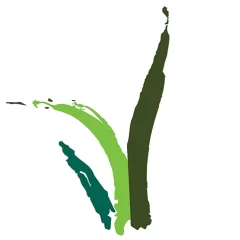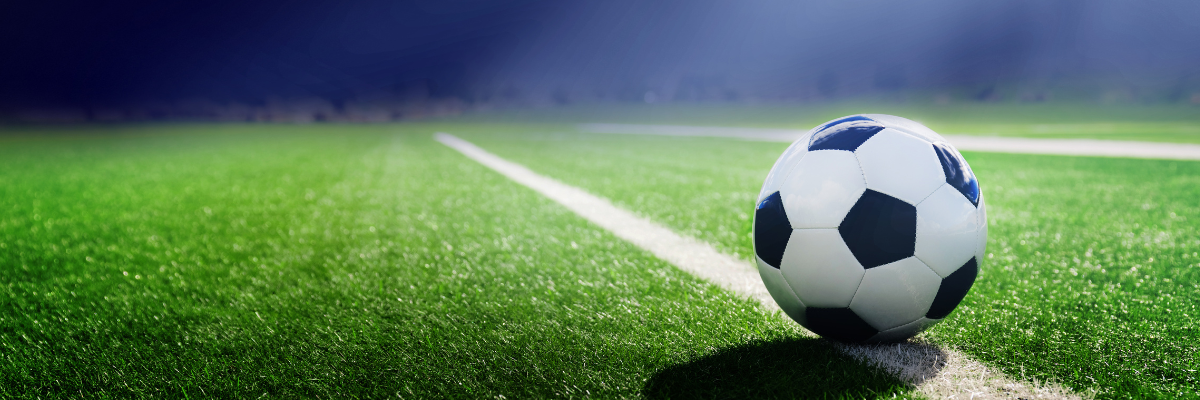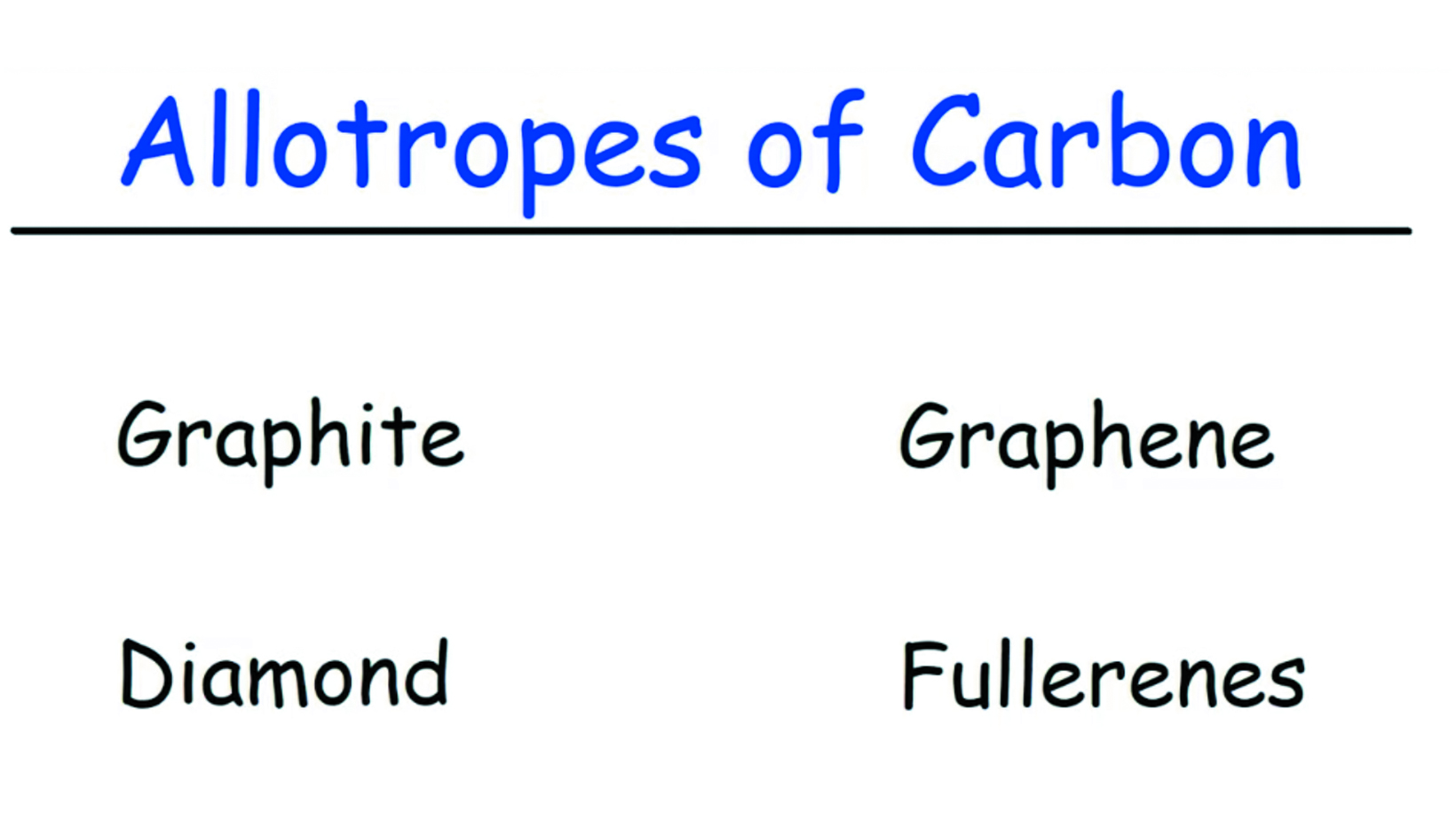Widely used for lawns, pastures, and athletic fields, Ryegrass is a type of turfgrass. There are two main types of ryegrass: annual and perennial. Additionally, they prefer cool moist temperatures.
Annual ryegrass is a fast-growing grass that germinates quickly and provides temporary cover for bare soil. Often used as a cover crop during the winter months when other grasses may go dormant. It has a fibrous root system and does not establish strong roots, making it relatively easy to remove when no longer needed.
Perennial ryegrass, on the other hand, is a cool-season grass that is often used in temperate climates. Known for its fine texture, dark green color, and dense growth habit. It forms a strong root system and is more durable than annual ryegrass, making it suitable for high-traffic areas such as sports fields.
Known for establishing quickly, it is a popular choice for overseeding lawns and repairing damaged areas. They are also relatively low maintenance and can tolerate a wide range of soil conditions.
Ryegrass is often chosen for its adaptability and ability to create a dense, lush turf. It is able to tolerate a variety of soil types and pH levels, making it suitable for different regions and climates. Recovering quickly from damage, makes it a popular choice for high-traffic areas.
Commonly used in pastures for grazing livestock, it is also ideal for lawns and sports fields. The dense growth and high nutritional value of ryegrass make it ideal for providing forage for animals. Additionally, its uniform surfaces on fairways and tees make it ideal for creating a smooth golf course.
Ryegrass Maintenance
When it comes to maintenance, both perennial and annual ryegrass require regular watering and mowing. Adequate irrigation is especially important during dry periods to keep the grass healthy and green. Adjust mowing heights according to the desired height and density of the turfgrass. Fertilization is also necessary to provide essential nutrients and promote healthy growth.
While ryegrass has many benefits, it also has some drawbacks. It can be susceptible to diseases, such as rust and crown rot, and may require regular pest control measures. It is also less tolerant of extreme heat and drought compared to warm-season grasses. Additionally, ryegrass may compete with existing grasses or plants if not managed properly, so it is important to consider its potential invasiveness and take appropriate measures to prevent it from spreading uncontrollably.
Overall, ryegrass provides a versatile and attractive option for lawns, pastures, and golf courses. By choosing between perennial and annual varieties and implementing proper maintenance practices, ryegrass can thrive and enhance the aesthetic and functional qualities of various landscapes.
Be careful and read all labels when applying chemicals on this turf.
Review our website to learn more and ask for Greensmiths products by name.




